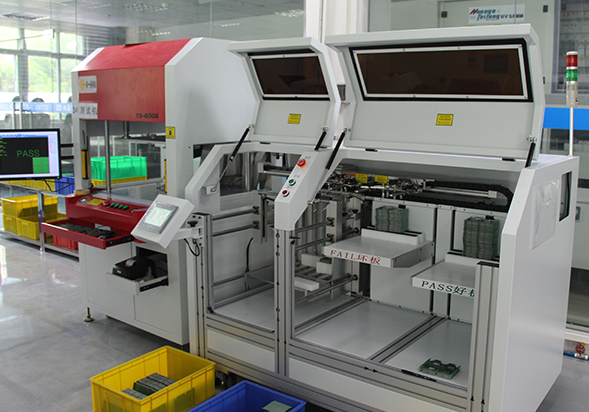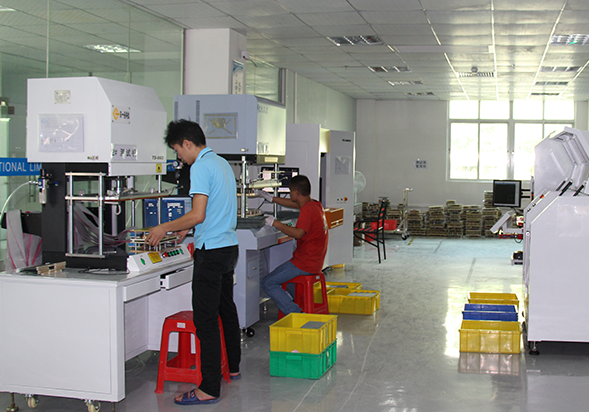Application scope and introduction of flying probe test in PCB production
The flying probe tester uses 4, 6 or 8 probes to perform high voltage insulation and low resistance conduction test (open and short circuit of the test circuit) on the PCB board without the need for test fixtures. It is suitable for testing small batch samples. Generally, the "true value comparison positioning method" is adopted, which can monitor the test process and the fault point in real time to ensure the accuracy of the test.

The general procedure of the flying needle test:
After reading the data from the flying needle workstation → converting the test file of the flying probe test machine, the first piece of production → collecting the capacitance value and the resistance value data → starting production
Advantages:
1. High test density, minimum Pitch up to 0.05mm or even smaller
2. No fixture cost
3. More suitable for proofing
4. Lower proofing cost
Disadvantages:
1. Test needle breakage rate is high
2. The test speed is relatively slow
3. Withstand voltage can`t be tested, high-level high-density board test has a greater risk
4. Not suitable for batch testing
5. The test accuracy is not as good as a test stand
6. Return the order and need to charge again
Application scope and introduction of the test stand the test in PCB circuit board production
The test stand test method is one of the commonly used PCB circuit board test methods in the PCB industry. It relies on the test stand (ie, the clamp) to test whether there is a short circuit between the different network traces of the PCB, whether the same network of the PCB is open to each PAD, or Whether the hole is open or not, the insulation strength test and impedance test can also be performed. Its remarkable feature is the high speed of testing and accuracy.

In general, the test board is qualified for the finished board, which means that the quality is up to standard.
Test rack test rough process:
Test the machine on the rack → using the aluminum sheet to simulate the full short circuit test → simulate the full open circuit test with conductive film → take the good board to study and test → ensure that the test rack probe (ie loop) has no abnormality → loading production
Advantages:
1. High test accuracy
2. Test speed is fast, suitable for batch testing
2 Batch testing, only one test rack, lower cost
3 One-time charge, no charge for return order
Disadvantages:
1. The first time you make a test stand, you need to pay, and the prices of each factory are different.
2. Not suitable for proofing test
In general, the flying probe test is more suitable for small batches, and the test stand test is suitable for testing large batches of circuit boards. The price of the test stand is more expensive. The price charged by each manufacturer is different. The PCB board production is recommended to be fully tested. The test stand is used to ensure quality!
WeChat
Scan the QR Code with WeChat